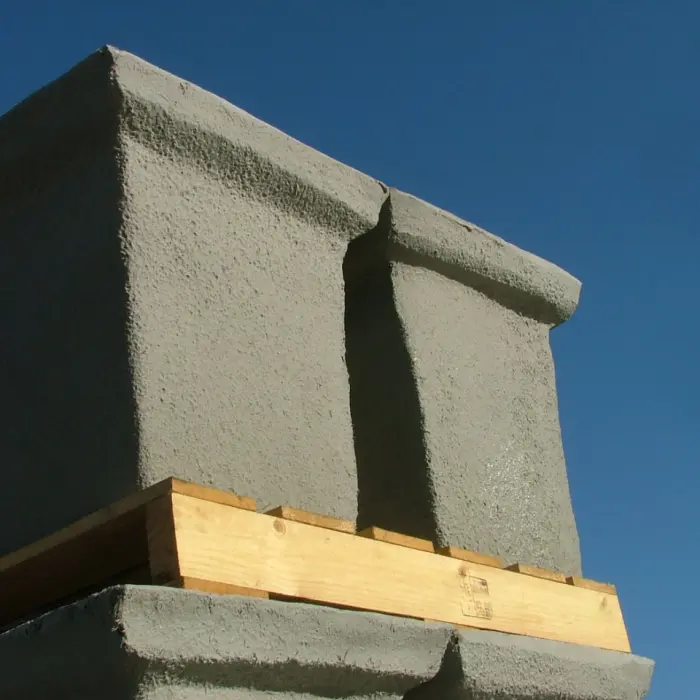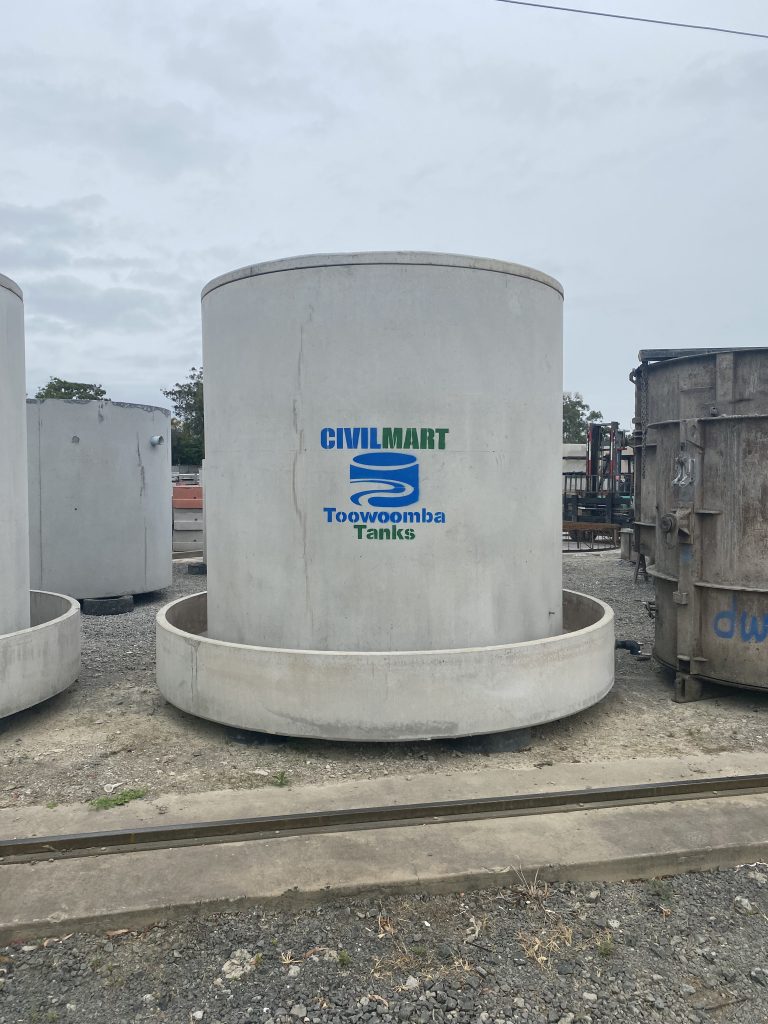What is Reinforced Concrete?
It’s one of the most popular building materials you will ever come across, used for everything from residential house slabs to walls, beams, columns and some truly exceptional architectural masterpieces. You’ve probably heard the term a lot, but what does “reinforced concrete” actually mean? Let’s get into the nitty gritty, so we can better understand the types of reinforced concrete, and where each is best used.
Steel Reinforced Concrete
Steel is the most commonly used type of reinforcement for precast concrete products on the market today. When exposed to hot and cold conditions, steel and concrete react extremely similarly, expanding and contracting to a similar degree. This fact, along with its extremely high tensile strength, steel – in the form of rebar, wire, mesh or cables – is often used to reinforce concrete products used for structural purposes and in situations where an extremely high level of strength and durability is required. Steel-Reinforced Concrete Products are heavy, but extremely strong, able to withstand the multitude of temperatures and conditions that the harsh Australian climate can throw at it. A large range of Civilmart products are reinforced with the highest quality steel, including our Reinforced Concrete Pipes.
Glass Reinforced Concrete
Glass Reinforced Concrete (GRC) is a technique in which glass fibres are added to the cement mix, in order to provide a lightweight yet strong final product. The nature of GRC mixes allows it to be poured quite thin, further reducing weight and ensuring installation of products are fast, easy and cheap. Glass Reinforced Concrete is known for its exceptional flexural strength, and can be used to create complex shapes without the fear of chipping or cracking. Civilmart stock a wide range of lightweight GRC pits, for use in various applications.
Fibres Used in Concrete Reinforcement
In addition to glass, there are several other fibres that can be used to reinforce concrete products. In fact, the practice has been around for millennia, as prehistoric builders used to mix fibres such as straw and horsehair into their early cement mixes in order to add strength to their structures. While that practice may be more than a little outdated, there are a variety of fibre reinforcements in use today.
Synthetic Fibre Reinforcement
Synthetic fibres are made from synthesised polymers of small molecules, and are used in concrete mixes primarily to counter the development of shrinkage cracks. Several different chemicals can be used to create synthetic fibres, but the most common are petroleum-based chemicals. Synthetic fibres can be more cost-effective than steel reinforcement, but don’t offer the same kind of strength and durability. In cases where high levels of strength is not required however, synthetic fibre reinforced concrete is beneficial to creating smooth, long-lasting surfaces that aren’t prone to cracking.
Carbon Fibre Reinforcement
Carbon fibre is known for its high strength and minuscule weight. Recently, carbon fibre has been adopted for use in creating Precast Concrete Products, to considerable success. Lighter than steel but strength on par, carbon fibre reinforcement is becoming a hot topic in the precast concrete industry. It’s still largely untested, but it’s ability to be used as rebar and mesh have meant that carbon fibre reinforcement is becoming an increasingly attractive option for high-strength uses.
Plastic Fibre Reinforcement
Used mainly as a secondary type of reinforcement, plastic fibre reinforced concrete – like synthetic fibres – is extremely useful in reducing shrinkage cracks and micro cracking. Reinforcing concrete products with plastic is relatively cheap and easy, and is often added to mixes on site more commonly than it is used in precast manufacturing.
Benefits & Disadvantages of Fibre Reinforced Concrete
Generally speaking, fibre reinforced concrete products are lighter and cheaper than their steel-reinforced counterparts. This means that they’re easier to manoeuvre and install, with many of our GRC Pits able to be picked up and moved by two people, without the need of a hoist or crane.
With its lightweight nature though, comes a lack in strength. Steel reinforced concrete is still far and away the most trusted form of reinforced concrete for heavy duty uses, and is often – when factoring in the lifespan of the product – the most cost-effective solution for these larger projects.
Why Choose Civilmart for Your Reinforced Concrete Needs?
Civilmart are industry experts in reinforced concrete, having produced our Precast Concrete Products in a variety of reinforcement options. Our friendly and knowledgeable staff will be able to tell you exactly what type of reinforced concrete you need for your next project, so get in touch today to ask the experts!




